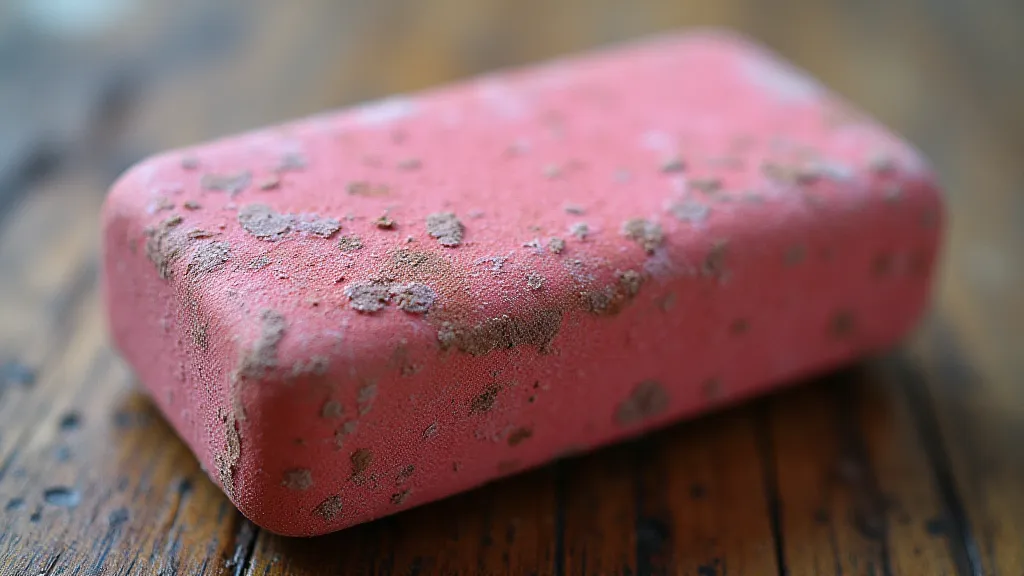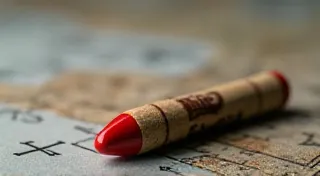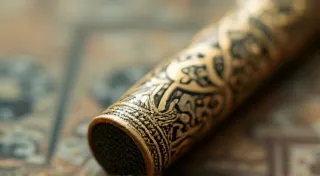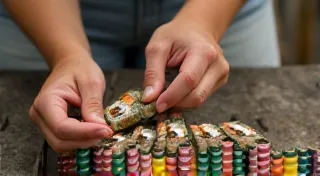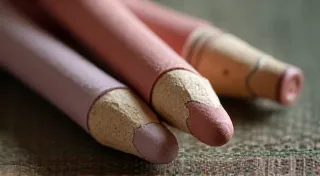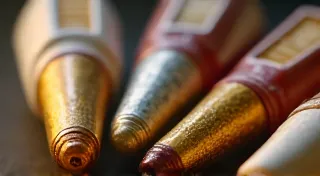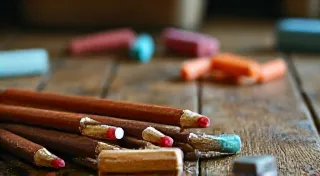The Rise of Rubber: A Brief History of Pencil Erasers
The humble pencil eraser, often overlooked, possesses a surprisingly rich and fascinating history. From its rudimentary beginnings to the sleek, practical designs we use today, the evolution of the eraser mirrors advancements in material science and design ingenuity. This article delves into that history, exploring the key milestones in the development of the eraser and their significance for collectors of vintage stationery.
Before Rubber: The Slate-Covered Era
Before the advent of rubber, erasing was a considerably more difficult and messy affair. The primary writing tool of the 17th and 18th centuries was the quill pen, used with ink on slate tablets. The slate itself, surprisingly, served as the original 'eraser'. Students would rub the slate clean with a damp cloth, or sometimes with a piece of bread. While effective to a degree, this method left a gritty residue and was far from ideal.
Attempts were made to improve upon this method. Cloth scraps soaked in abrasive powders were used, but these often scratched the slate surface. The desire for a smoother, more effective erasing tool was evident, setting the stage for the breakthrough that would change writing forever.
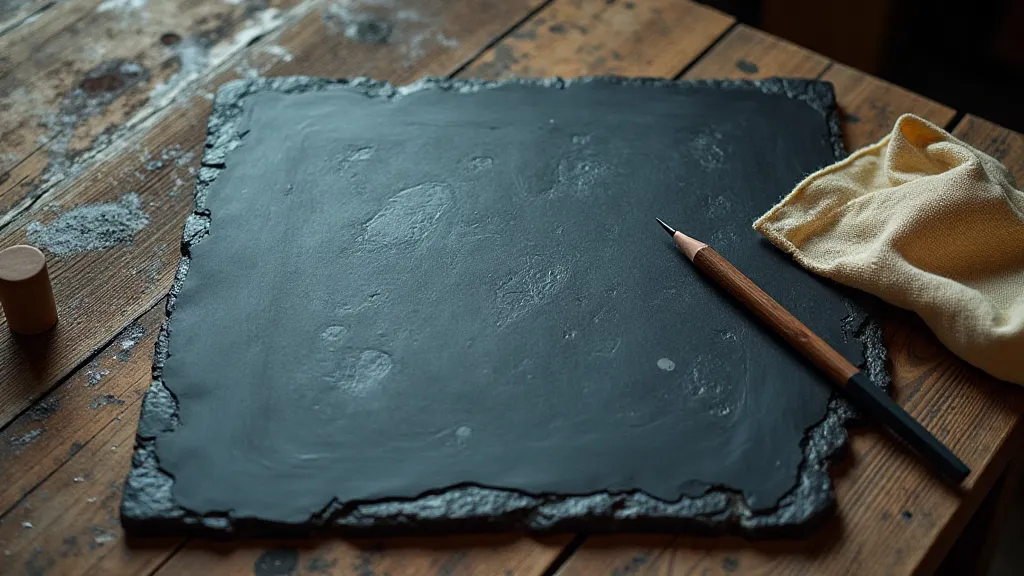
The Birth of the Rubber Eraser: Charles Goodyear and the Vulcanization Process
The story of the modern pencil eraser truly begins with Charles Goodyear and his discovery of vulcanization. In 1839, Goodyear, experimenting with natural rubber, accidentally dropped a mixture of rubber and sulfur onto a hot stove. The result was a hardened, more durable, and elastic material. This process, known as vulcanization, transformed rubber from a sticky, temperature-sensitive substance into a versatile and reliable material.
It was Edward Willis, a cousin of Goodyear, who first recognized the erasing potential of vulcanized rubber. In 1858, Willis began manufacturing and selling these early rubber erasers, initially shaped like squares or rectangles. These were often harsh and abrasive, but represented a significant improvement over previous methods.
Early Rubber Erasers: Shapes and Materials
The initial rubber erasers were far from the soft, gentle tools we've come to expect. They were often made from harder, less refined rubber, resulting in an aggressive scrubbing action. This could damage paper and leave a noticeable mark. The early shape was typically rectangular, but soon variations emerged. Some were shaped like animals or other playful figures, intended to appeal to children. These novelty erasers, while functional, are now highly sought-after by collectors. Identifying where to find these treasures is often the biggest challenge for budding collectors – research into finding vintage erasers can prove invaluable.
The quality of the rubber varied considerably. The finest erasers were made from softer, more pliable rubber, while cheaper versions were often made from recycled rubber scraps. Identifying the type and quality of rubber is a key skill for vintage eraser collectors. The color was also a factor; early erasers were typically pink or red, though darker shades were also produced. The color stemmed from the pigments added during the manufacturing process, and variations within the same manufacturing period can be quite noticeable.
The Pink Eraser Revolution and the Impact of Hymen Lipman
A pivotal moment in eraser history came in 1858 when Hymen Lipman patented the idea of attaching an eraser to the end of a pencil. This seemingly simple innovation revolutionized the writing experience and dramatically increased the popularity of the eraser. The patent, U.S. Patent 22,251, covered the combination of a pencil and an eraser.
While Lipman's patent was challenged and ultimately deemed invalid (as the concept was deemed obvious), his contribution to popularizing the combined pencil-eraser was undeniable. The association of the eraser, and specifically the pink eraser, with pencils cemented its place as an essential writing tool.
The Rise of Vinyl and Synthetic Erasers
As the 20th century dawned, advancements in polymer chemistry led to the introduction of vinyl and other synthetic erasers. These erasers offered several advantages over natural rubber, including greater consistency, less stickiness, and often a gentler erasing action. Vinyl erasers quickly gained popularity, particularly in schools and offices.
The development of foam erasers followed, offering an even softer and more forgiving erasing experience. These erasers were often colored white or other pastel shades and became popular in the 1970s and 1980s. The move towards synthetic materials continued, with the introduction of plastic and other polymers used to create a variety of eraser shapes and styles.
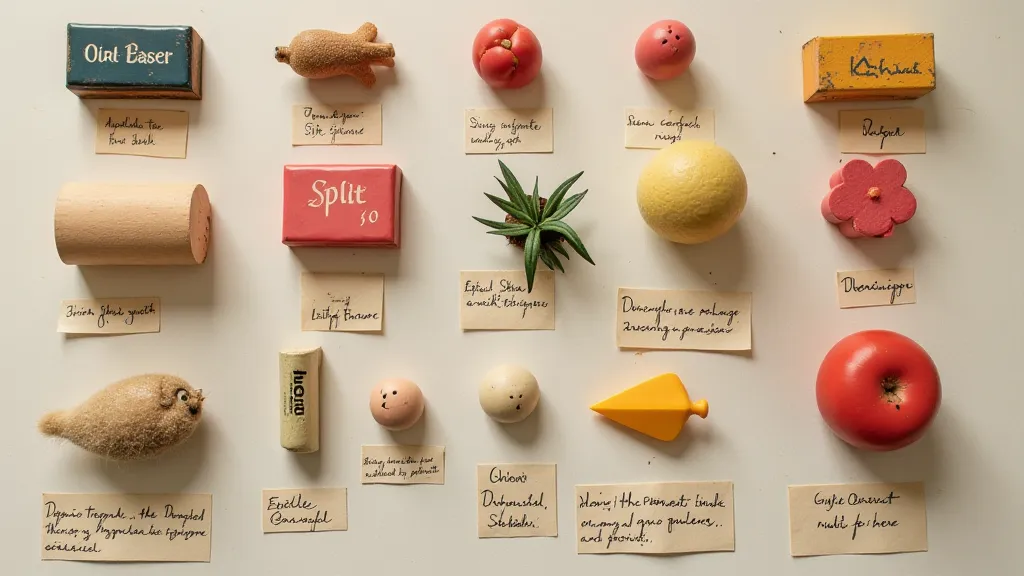
Caring for Your Collection: Preservation and the Whimsical World of Animal Erasers
For dedicated collectors, maintaining the condition of these historic artifacts is paramount. Discovering the best methods for caring for your vintage eraser collection can extend their lifespan and preserve their value. And for those particularly drawn to the charming and playful designs, the niche of animal erasers offers a delightful area to explore, filled with whimsical characters and endearing shapes.
The Future of Collecting: Trends and Predictions
The world of vintage eraser collecting is dynamic, with trends constantly evolving. Understanding the factors that influence value and scarcity is key for any serious enthusiast. Looking ahead, it’s interesting to consider what the future of vintage eraser collecting might hold - what types of erasers will become particularly sought after, and what new discoveries might be made?
Collecting Vintage Pencil Erasers: What to Look For
For collectors of vintage stationery, pencil erasers offer a charming and often surprisingly valuable area to explore. Here are a few key things to consider when building a collection:
- Material: Rubber erasers from the late 19th and early 20th centuries are particularly desirable.
- Shape and Design: Novelty erasers, particularly those with intricate designs or charming characters, command higher prices.
- Markings: Identifying the manufacturer’s mark can help determine the age and origin of the eraser.
- Condition: While some wear is expected, erasers in excellent condition are more valuable.
- Color and Pigmentation: Unusual colors or fading patterns can be indicative of age and manufacturing processes.
The Enduring Legacy of the Eraser
From the rough slate tablet to the sophisticated vinyl and foam erasers of today, the evolution of the pencil eraser reflects humanity's persistent pursuit of better tools for communication and creativity. The humble eraser, once a rudimentary cleaning tool, has become a vital part of the writing experience. And for those with a passion for vintage stationery, the world of collectible pencil erasers offers a fascinating glimpse into the history of ingenuity and design.
